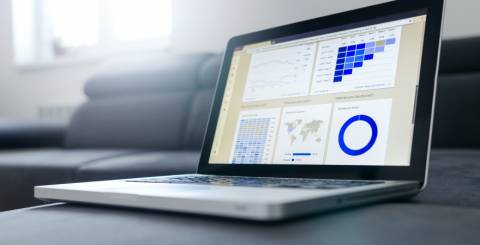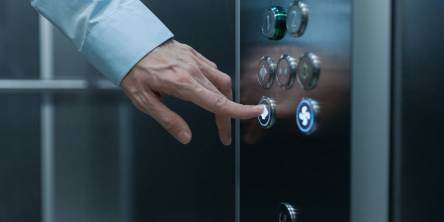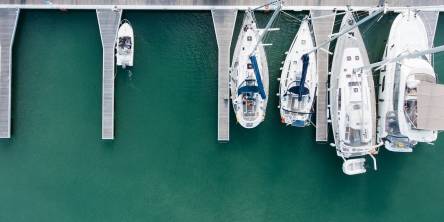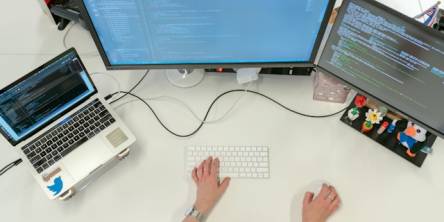Data Visualization: Popular Python Libraries

Python has become one of the most popular programming languages in recent years thanks to its versatility and ease of use. It has many libraries, making it an excellent choice for data analysis and visualization. Some of the most popular Python data visualization libraries are Matplotlib, Seaborn, Plotly, Bokeh, and ggplot. These libraries provide various benefits, including making creating visually appealing and informative charts, graphs, and other visualizations easier. With its rich ecosystem of data visualization libraries, Python has become a go-to language for data scientists, analysts, and engineers.
Here are plenty of Python libraries fit for data visualizations, and clearly, Python libraries have much value to offer. In this article, I'll explore some of the most popular Python libraries for data visualization and how they can be used to create stunning visualizations for your data.
Top Python Libraries
- Matplotlib: Matplotlib is a widely used Python library for data visualization that provides much flexibility in creating different visualizations. It can be used to create basic charts and graphs and customized to create more complex visualizations. Matplotlib is an essential tool for data analysts and scientists who want to visualize their data clearly and concisely. Thanks to its wide range of plotting options, it is ideal for creating informative and visually appealing visualizations.
- Seaborn: Seaborn is a popular data visualization library built on Matplotlib that offers a high-level interface for creating advanced visualizations. It provides a range of customizable plots and statistical graphics, making it a valuable tool for exploratory data analysis and communication. Seaborn simplifies creating aesthetically engaging visualizations, allowing users to focus on interpreting their data. Given its ability to create complex visualizations like heatmaps, violin plots, and factor plots, Seaborn is a powerful tool for data analysts and scientists who want to create insightful and visually appealing visualizations.
- Bokeh: Bokeh is a Python library for creating interactive visualizations in web browsers. It provides a simple and elegant way to create interactive plots, dashboards, and data applications. Bokeh can be used to create visualizations that respond to user interactions, such as zooming, panning, and selecting data points. It supports various visualization types, including scatter plots, line plots, heat maps, and bar charts. Bokeh also provides built-in support for integrating with Jupyter Notebooks and other web frameworks. Owing to its focus on interactivity and ease of use, Bokeh is a valuable tool for data scientists and analysts who want to create engaging and dynamic visualizations.
- Altair: Altair is a declarative Python library for creating interactive visualizations. It allows users to easily create visualizations by specifying the data and visual encoding using a simple and concise syntax. Altair is built on top of Vega-Lite, a high-level visualization grammar that enables the creation of a wide range of chart types. With Altair, users can create interactive visualizations easily embedded in web applications, notebooks, and other documents. Altair's focus on declarative syntax and interactivity makes it a powerful tool for data analysts and scientists who want to create engaging and informative visualizations with minimal effort.
Python libraries for data visualization offer a vast range of options for data analysts and scientists. Whether you're looking for basic charting capabilities or advanced interactive visualizations, Python libraries such as Matplotlib, Seaborn, Plotly, Bokeh, and Altair can help you to communicate your data insights effectively. These libraries can also be integrated into web application development using Python, making it easier to create data-driven web applications. Overall, Python libraries for data visualization provide a valuable tool set for anyone looking to make sense of their data and communicate their findings effectively.
Similar Articles
When it comes to working at heights, safety and efficiency are paramount. Aerial work platforms (AWPs) have revolutionized how professionals approach elevated tasks across countless industries, from construction sites to warehouse operations.
The modern age of customers expect constant availability, no matter what the offer. And for that, the market requires rapid innovation cycles. In such a high stakes environment, technology infrastructure is more than just a cost center.
When evidence seals fail, cases weaken. Explore how compromised chain of custody can derail investigations and jeopardize justice.
Compare hydraulic and traction residential elevators to find the best fit for your home. Learn how each system works, their pros and cons, space needs, energy use, and maintenance requirements.
Extend the lifespan of your commercial marina docks with proactive maintenance. Learn essential inspection routines, material-specific care, and safety tips to protect your investment and ensure long-term dock performance.
Learn the key factors in designing an engineered fall protection system. Discover how hierarchy of controls, task analysis, structural integrity, and fall clearance ensure safety and compliance.
Today, modern businesses face constant pressure to operate with maximum efficiency. This requires a technology infrastructure that is both agile and robust. However, the traditional model of on-premises data centers often has significant limitations. These legacy systems can drain valuable resources from teams.
When people are hungry, standing in line for a table feels tiring and unpleasant. In fact, research shows that most individuals will just walk away if they have to wait longer. They will go and find another place to eat.
In the early stages of designing new community centers, fire stations and administration buildings, city planners and architects are forced to make a crucial decision: What building material is best suited for providing the most value, safety and longevity to the public?









